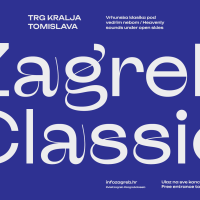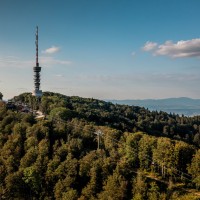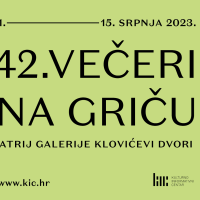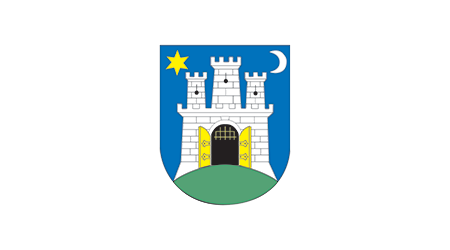Iso Kršnjavi – The Great Founder/Minister with a European Spirit
Until May 19th, the Croatian History Museum will feature an exhibition titled “Iso Kršnjavi – The Great Founder/Minister with a European Spirit”, homage to a man who made a lasting mark on Croatian culture and history in the late 19th century.
 Until May 19th, the Croatian History Museum in the Upper Town will feature an exhibition titled “Iso Kršnjavi – The Great Founder/Minister with a European Spirit”. The exhibition commemorates the 85th anniversary of the death of the great erudite, painter and pragmatic politician who made a lasting mark on Croatian culture and politics in the last quarter of the 19th century.
Until May 19th, the Croatian History Museum in the Upper Town will feature an exhibition titled “Iso Kršnjavi – The Great Founder/Minister with a European Spirit”. The exhibition commemorates the 85th anniversary of the death of the great erudite, painter and pragmatic politician who made a lasting mark on Croatian culture and politics in the last quarter of the 19th century.
Isidor Kršnjavi (1845 - 1927) lived and worked during a very turbulent period of Ban Dragutin Khuen-Hedervary’s reign, when a lack of political and administrational freedoms was compensated by great cultural, educational and scientific projects. While holding numerous prominent positions Kršnjavi initiated the establishment of the Art Society; he founded the Department of Art History at Zagreb University and the Zagreb Trade School. He was also the first head of the Department of Theology and Education in the Khuen-Hedervary government. He had school textbooks printed and the education system modernized by cleverly tapping into legal sources of funding and relying on various other funds. He made significant contributions to science and literature. His great passion was painting, to which he returned in the latter part of his life, once he quit his political activity. Iso Kršnjavi’s retirement from the late 19th century social and political scene represented a symbolic end to the period of founders (Gründerzeit), which was marked by the birth of a desire to organize a modern Croatian state.
Original items, various documents, artworks and multimedia presentations all provide visitors of the exhibition with an opportunity to learn about the diverse opus of Isidor Kršnjavi, a remarkably versatile individual who left a deep mark in Croatian culture and history.
Published: 02.04.2013
 Hrvatski
Hrvatski English
English Deutsch
Deutsch Spanish
Spanish French
French Italian
Italian Russian
Russian Korean
Korean Japanese
Japanese Chinese
Chinese Until May 19th, the Croatian History Museum in the Upper Town will feature an exhibition titled “Iso Kršnjavi – The Great Founder/Minister with a European Spirit”. The exhibition commemorates the 85th anniversary of the death of the great erudite, painter and pragmatic politician who made a lasting mark on Croatian culture and politics in the last quarter of the 19th century.
Until May 19th, the Croatian History Museum in the Upper Town will feature an exhibition titled “Iso Kršnjavi – The Great Founder/Minister with a European Spirit”. The exhibition commemorates the 85th anniversary of the death of the great erudite, painter and pragmatic politician who made a lasting mark on Croatian culture and politics in the last quarter of the 19th century.









